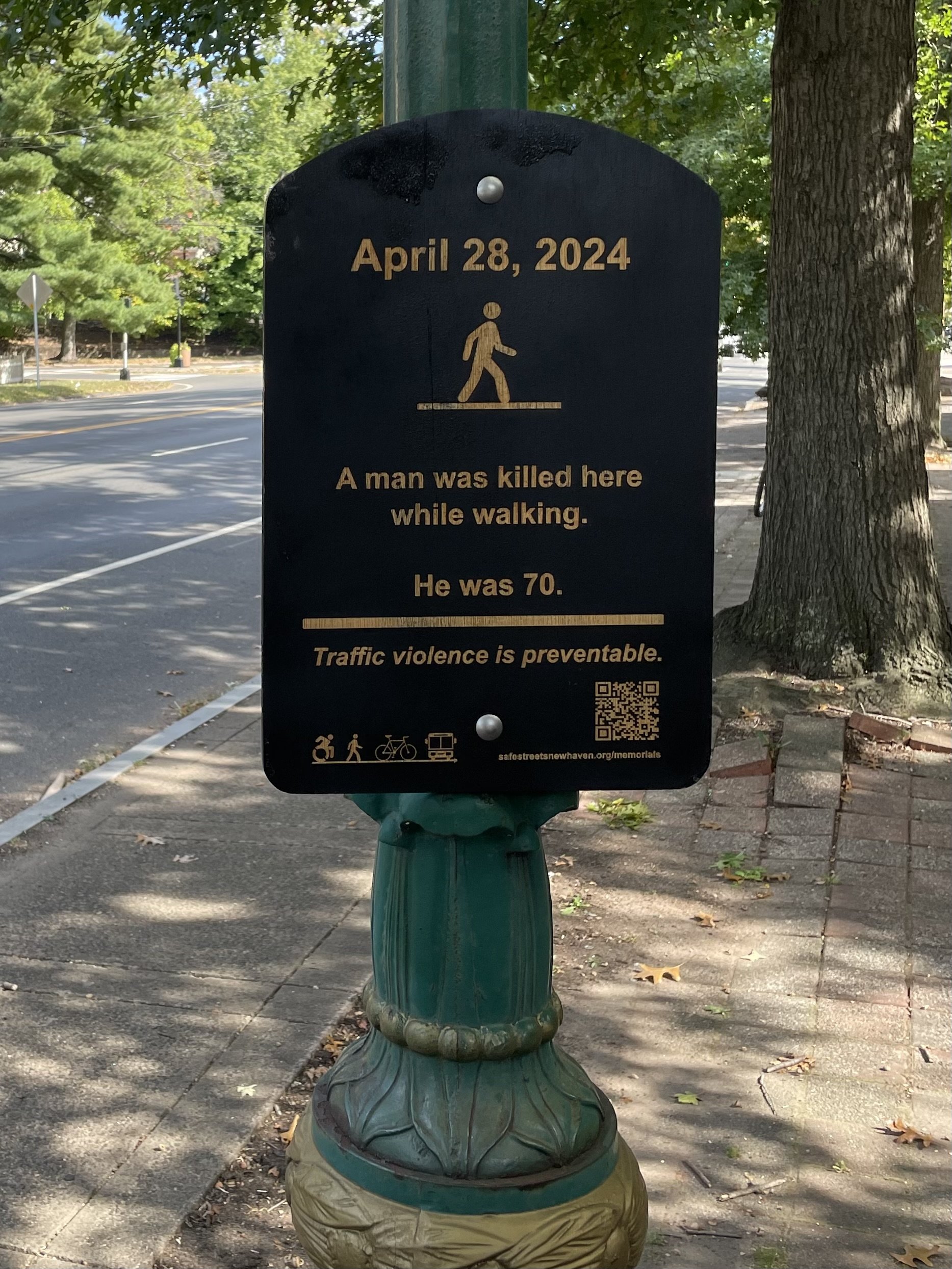44
people have been killed while walking, rolling, or biking in New Haven since 2019
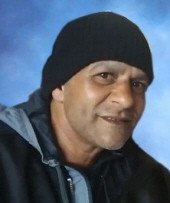
Rafael Torres Jr., 49
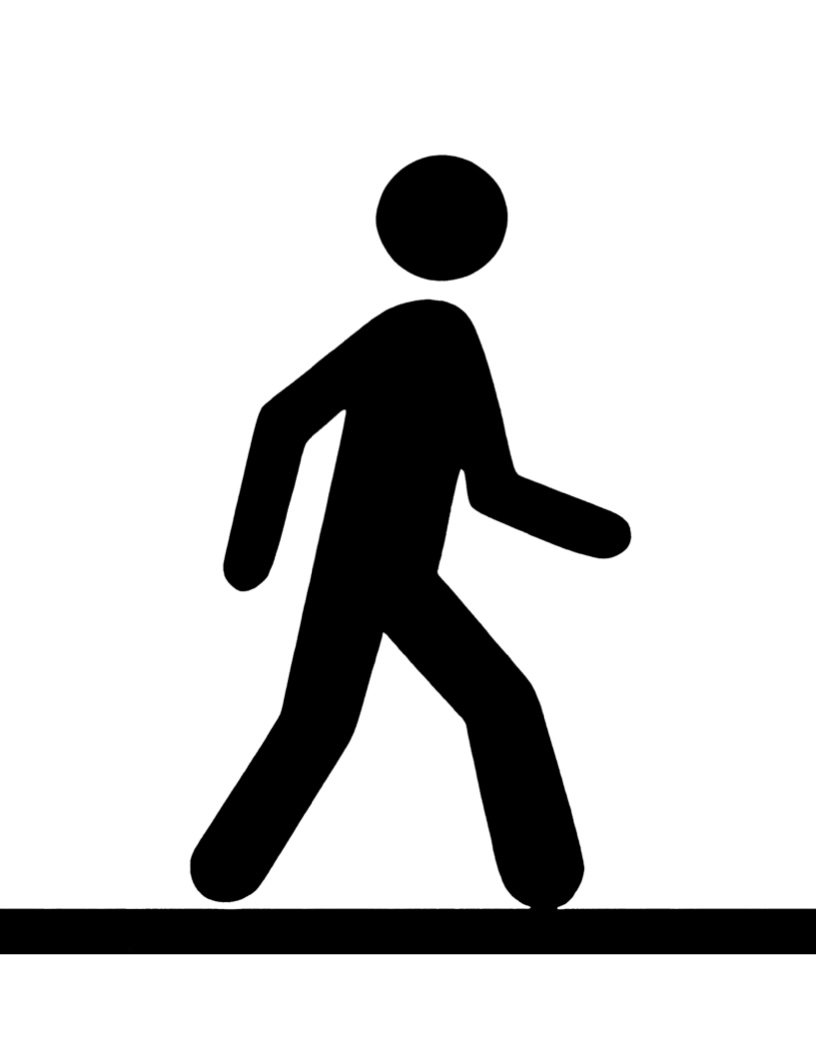
Helen Ramos, 44

Christopher Franco, 18
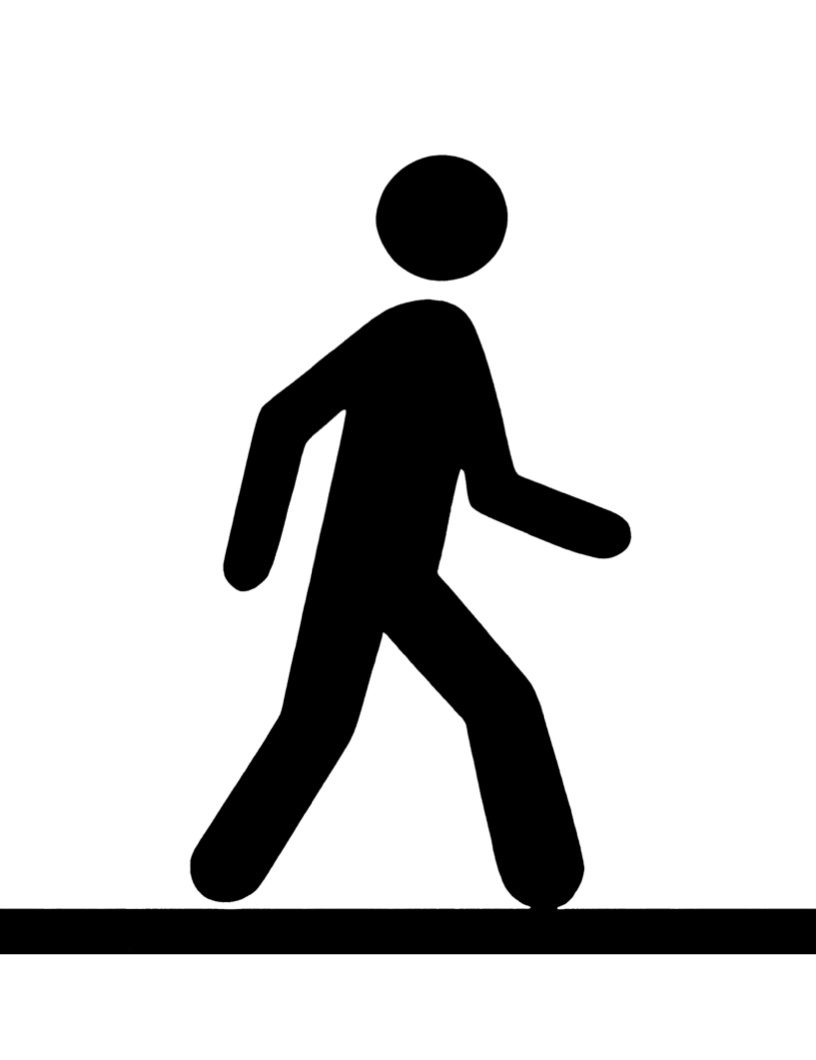
Ruperto Estrada, 48

Lony Bosquet, 42

Jesse Marzullo, 32

Carlos Kercado, 42
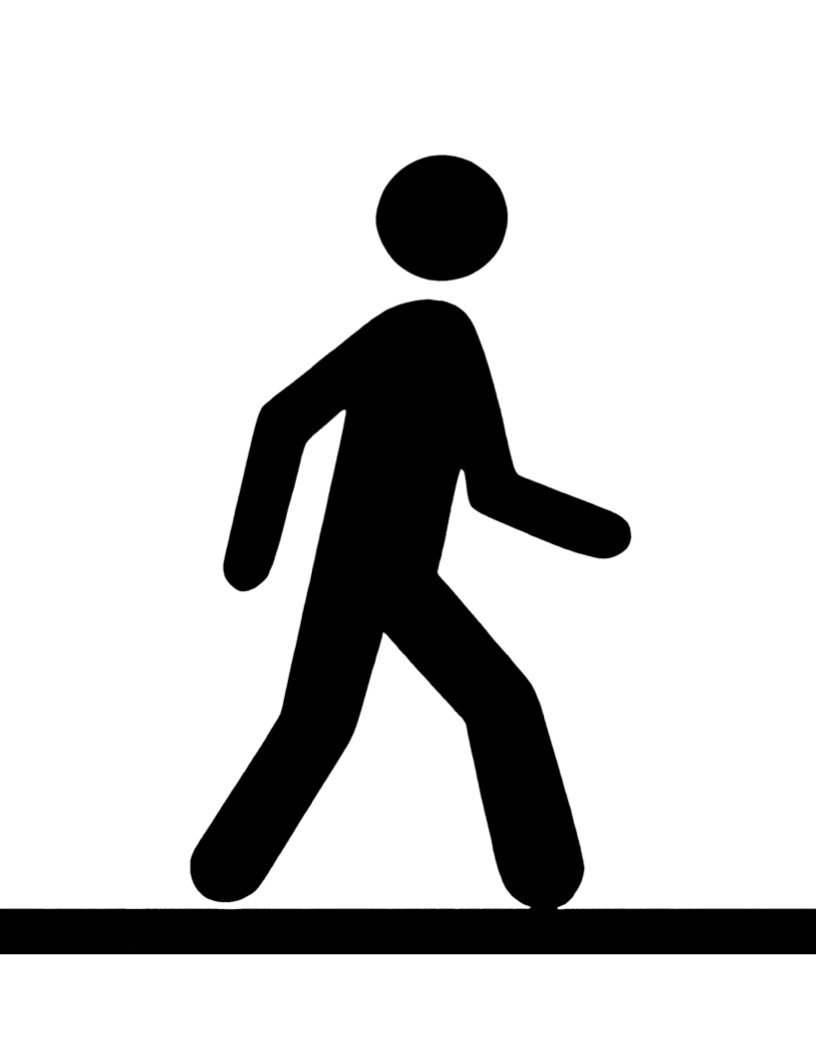
Emmanuel Torres, 32

Anthony Mocco Jr., 72
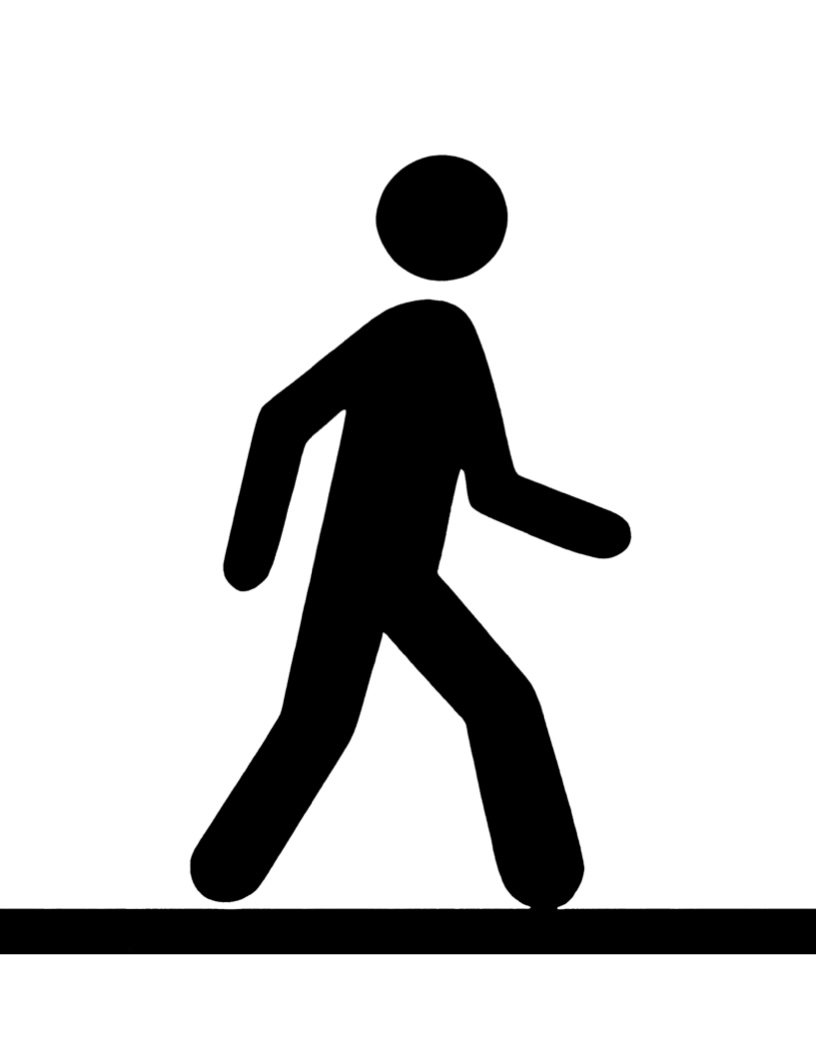
Pedro Lopez, 86

Arthur Bastek, 50

Kevin Anthony Cunningham, 55
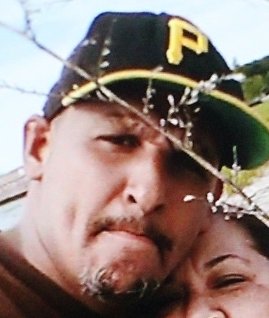
Gilberto Molina, 44

Govinda B. Kandel, 68

Anthony Little, 31
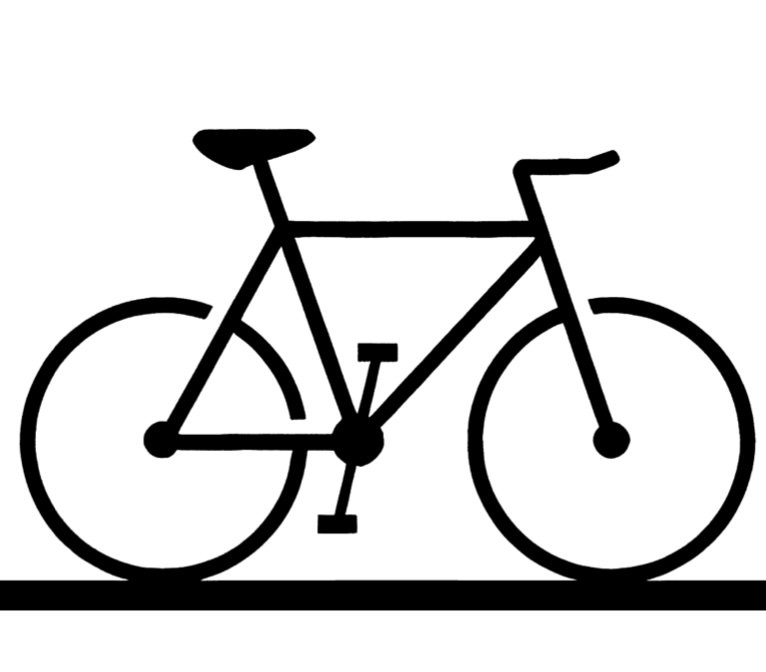
Julio Ruiz, 79

Milton Williams, 53

Eric Joseph Pechalonis, 52
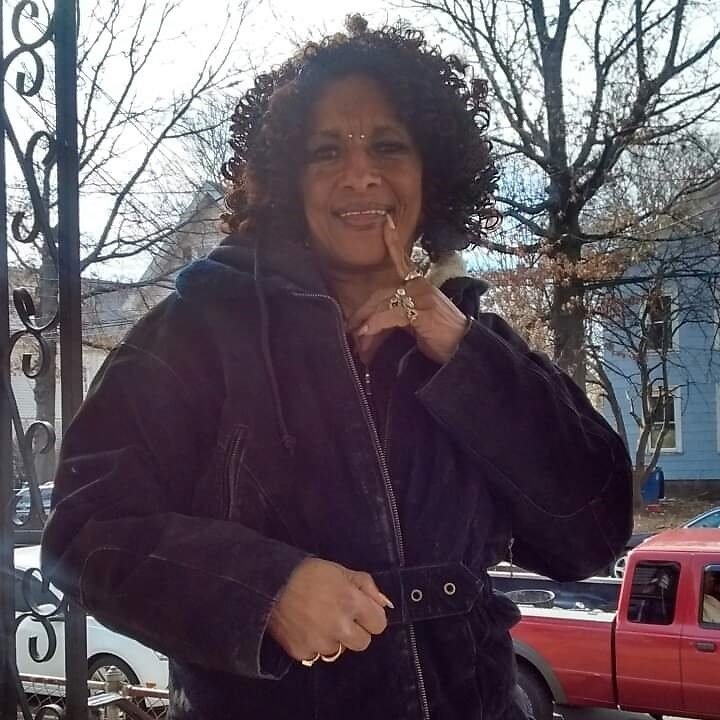
Celeste Staten, 68

Chris Keon Ho Lim, 25
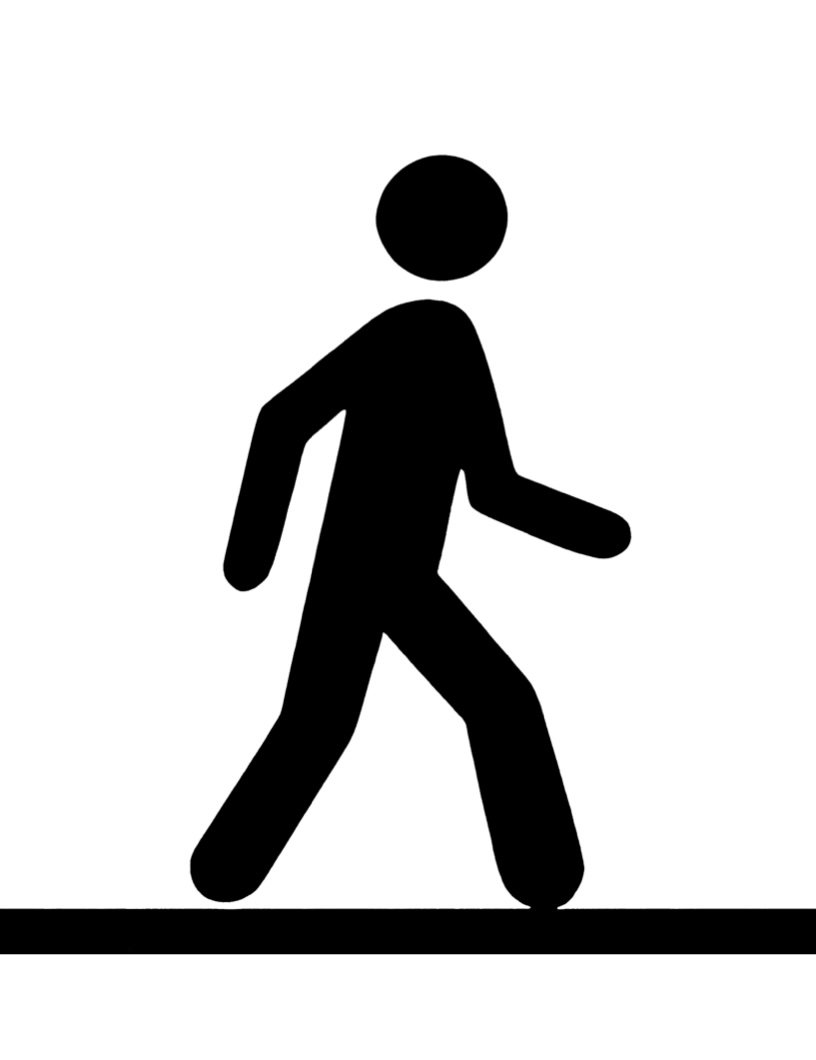
Carlos Ortiz, 35

Maria Luisa Morales, 55

Curtis Woods, 65
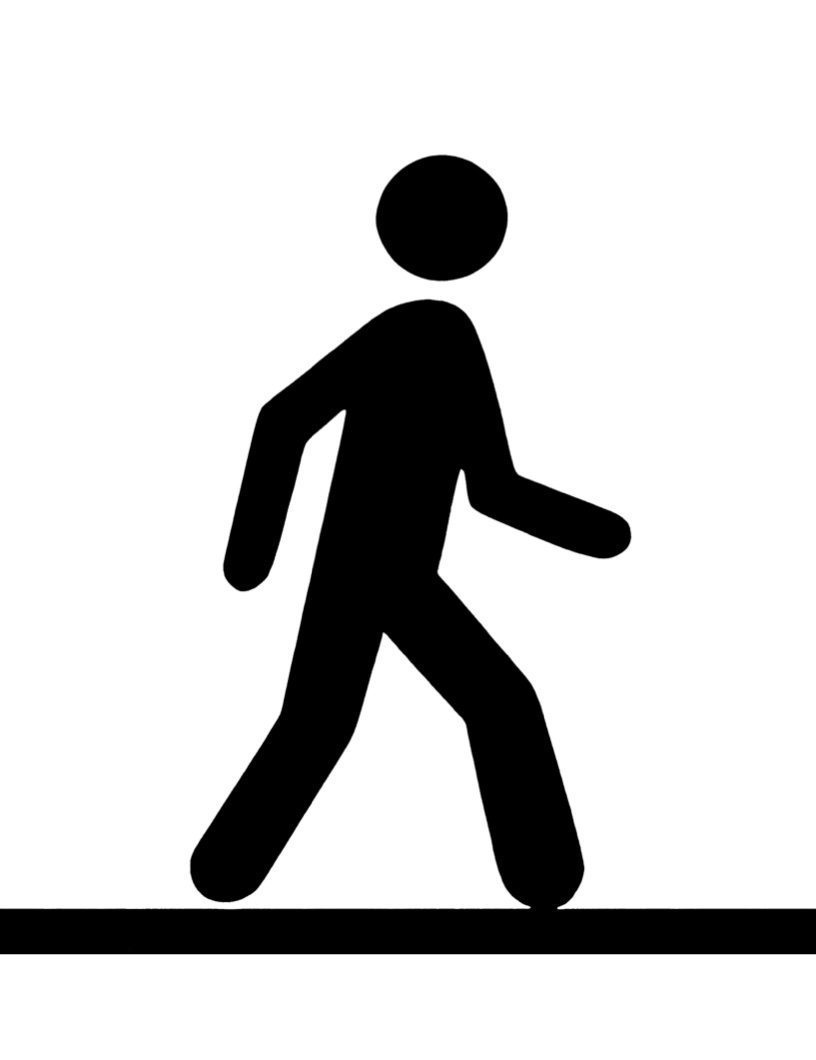
Henry McDuffie, 71

Lionel Boyd, 69

Gerardo Reboseno-Pacheco, 66

Michael Santiago, 49
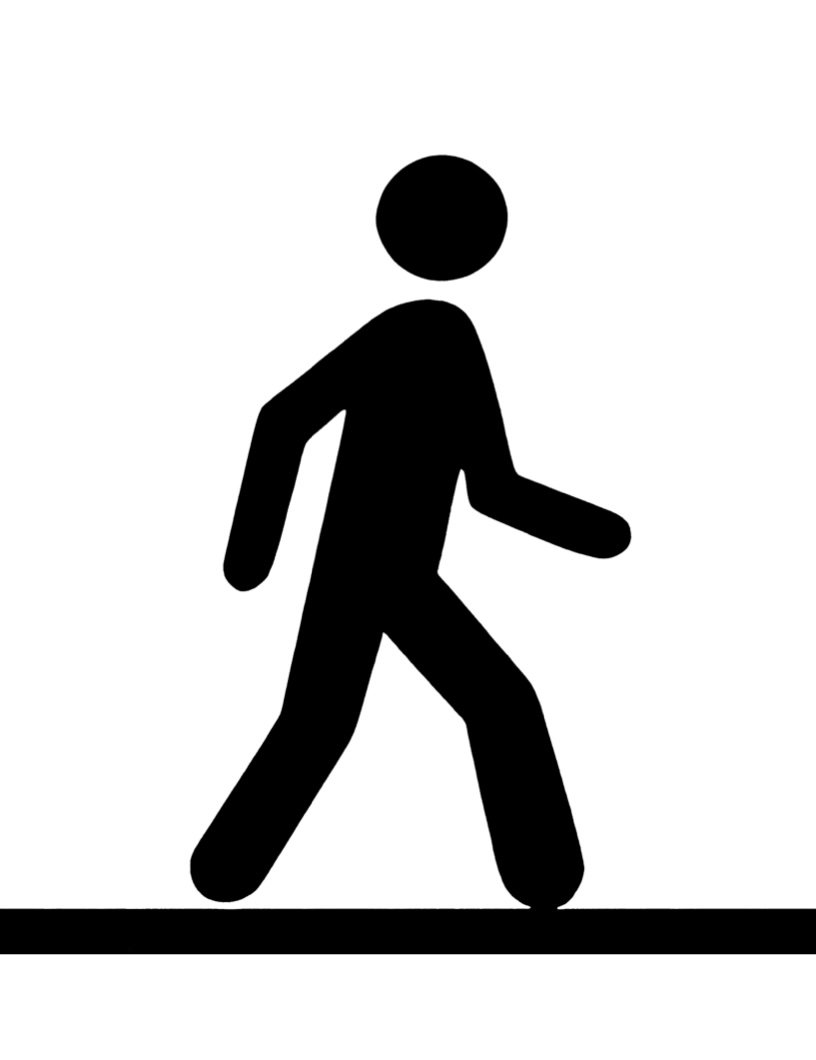
Robert Morera, 66

Monica Wormley, 40

Stephen Rediker, 79
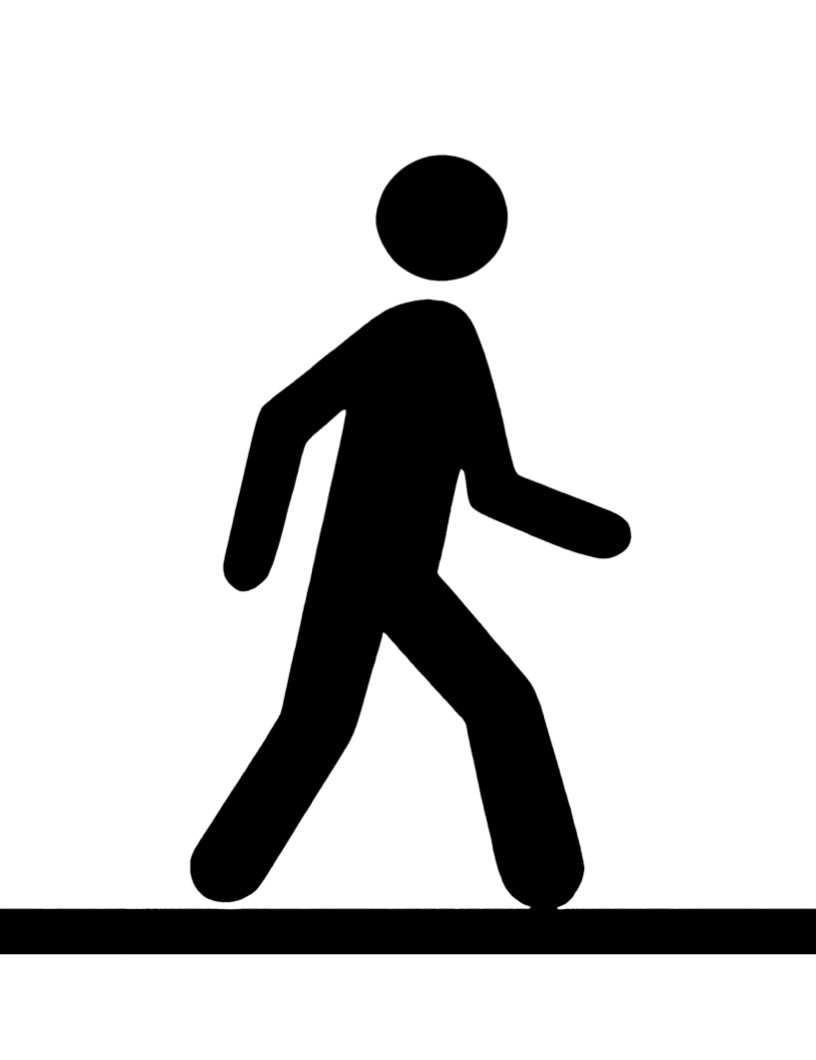
Manuel Nunez-Sepa, 42

Zayne Thomas, 15
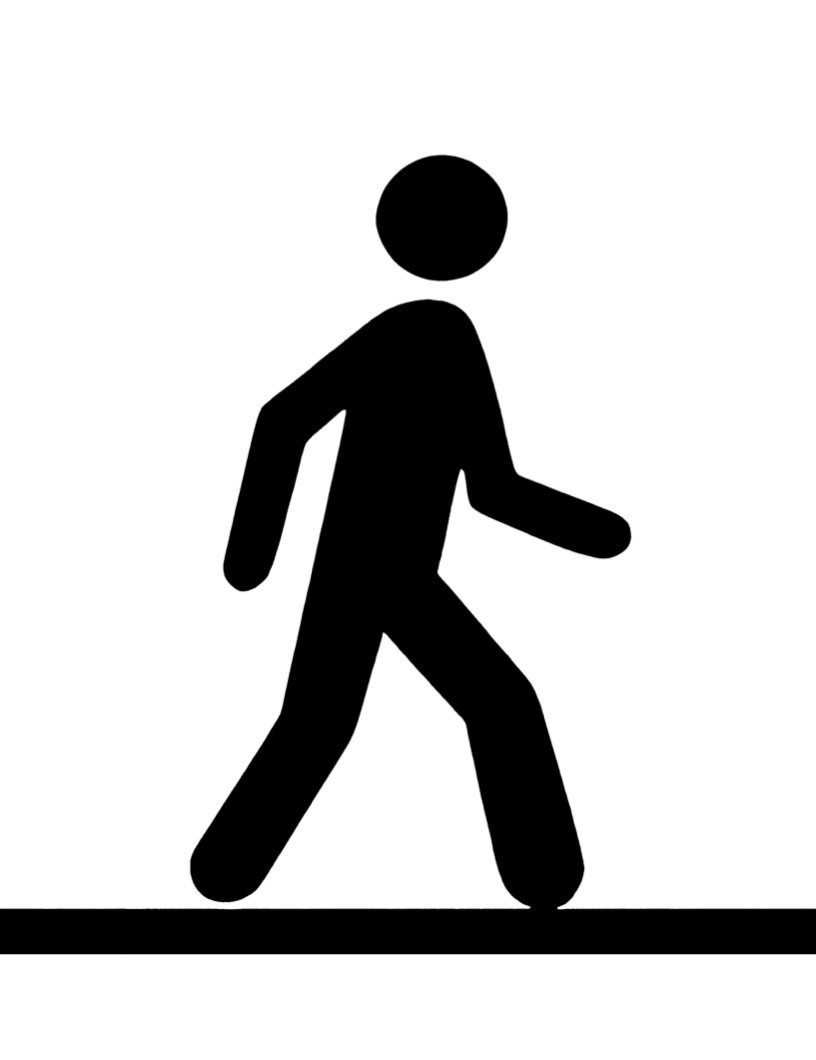
Blanca Pastrana-Morales

Damaso Rosario Luna, 68

Shanice Reyes, 27
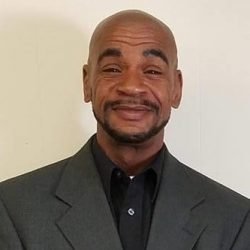
Anthony Groomes, 61

Judith Williams, 42

Bryan Ramirez-Guttierez , 17

Clarissa Bartimole-Salg, 27

Priyanshu Agwal, 23

Dennis Eaton, 70
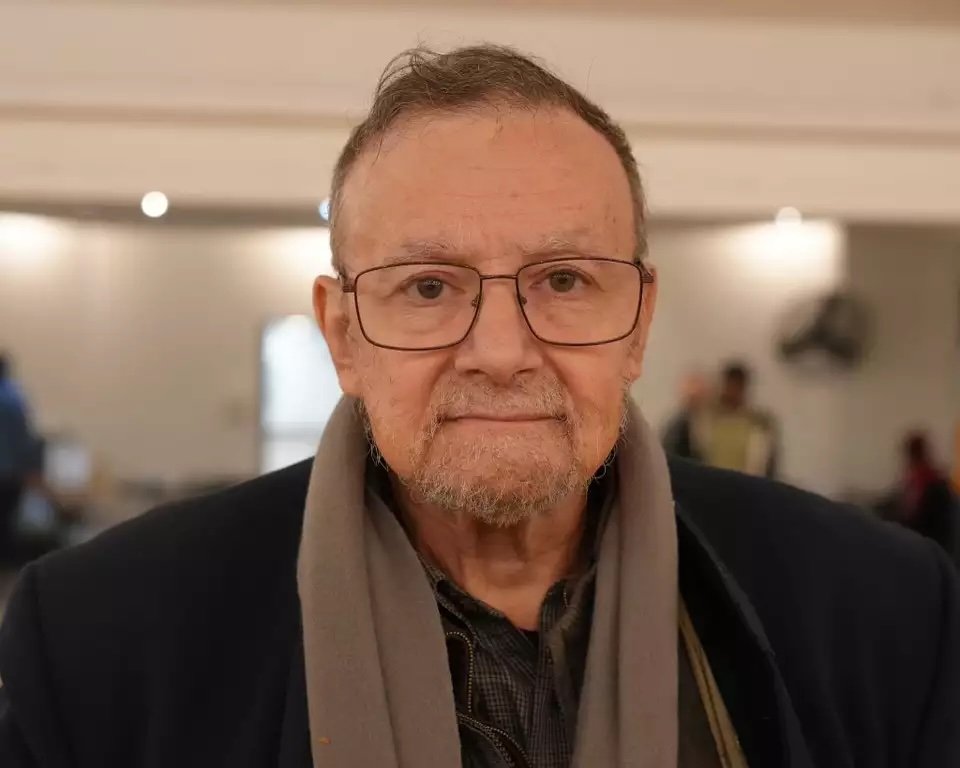
Yusuf Gürsey, 70

Nicolas Baltazar-Consepcion, 24

Luis Timbala, 41
About this memorial project
Every year, people are needlessly killed while walking, rolling, or biking on the streets of New Haven. Though it is essential that we push for changes to infrastructure and policy that will prevent these deaths in the future, it is equally important that we remember those we have already lost.
The Safe Streets Coalition of New Haven is installing memorials at the crash sites where people have been killed while walking or biking in New Haven in the past 5 years to remember them and to raise awareness about our rising traffic violence epidemic.
Note: the memorials and information on this page are based on public news sources, the UConn Crash Data repository, and NHPD records.
Please don’t hesitate to contact us with any thoughts, corrections, or suggestions.
Scroll down to learn more about:
Why traffic violence isn’t random
How traffic violence can be prevented
How you can join the movement to prevent traffic violence
Traffic Violence is not Random
Click here to view the map in a separate window. We recommend viewing it on a computer if possible.
Dangerous by Design
Though cars are inherently dangerous, it is the design of the streets that they share with people that make them deadly.
As the map above reveals, cars are killing people in New Haven on a small set of streets that have a lot in common:
They prioritize the rapid movement of cars over concern for safety, convenience, beauty, a sense of place, or equity.
They are wide, often lack pedestrian or bike infrastructure, and encourage dangerous speeding.
State owned roads in New Haven account for:
55% of deaths
12% of roads
The way we drive, walk, bike, and roll is determined by how we design our streets.
Blaming “bad drivers” or “irresponsible pedestrians” ignores the real problem: roads designed for cars, not people.
Disproportionate Impact
Traffic violence is a systemic public health issue. Because these crashes are not “accidents” but are a direct result of street design, the violence of these crashes disproportionately impacts communities that are underinvested in and already carry the burden of other forms of structural violence and public health risks.
Over 80% of pedestrians killed are Black or Hispanic
The three lowest income neighborhoods in New Haven (the Hill, Dwight, and Newhallville) experienced
33% of deaths
Meanwhile, the three highest income neighborhoods (East Rock, Westville, and East Shore) only saw
3% of deaths
despite having an overall similar population
(see DataHaven data)
Traffic violence is a systemic issue that exacerbates the violence of income inequality and racial disparities, arising from design failures and underinvestment in the built environment.
Case Study: Ella T Grasso Boulevard (CT Route 10)
1 out 4 people killed while walking, rolling, or biking since 2019 have died on a single mile of Ella T Grasso
Looking south on Ella T Grasso at Columbus Ave
Note how dangerous the design of this road is:
Much of the road lacks sidewalks despite there being so many pedestrians that they have worn away the grass into “desire paths”
This very busy intersection has no pedestrian signals at all, greatly increasing the difficulty and danger of simply crossing the street
With 5 lanes of traffic and very wide turn radii, the road is nearly 70 feet wide, encouraging cars to travel and take turns at dangerous speeds and making crossing all the more perilous
The design of this road, like so many state-owned roads in cities across the country, does not match the way it is used. It is designed to move cars as though it were a highway or road (a connector between places) but functions as a busy and complex street (a place) with lots of businesses and destinations, pedestrians, bus stops, and therefore many points of traffic conflict. Advocates often call this a “stroad”, a very dangerous and expensive failure of design that benefits no one.
Traffic Violence is Preventable
Streets that are denser and greener, have pedestrian infrastructure, dedicated space for transit, and encourage gathering, commerce, and placemaking are:
safer for everyone (including drivers)
encourage walking, rolling, biking, and public transit
improve health outcomes
reduce carbon emissions and improve air quality
are a boost to local businesses
Redesigning our streets for people does take money and time,
but mostly it takes political vision and courage.
Luckily, we know exactly how to prevent this violence:
slow down cars and build streets designed for people.
Vision Zero in New Haven
Across the world, a movement is growing to build people-oriented streets that are safe for everyone and on which no one dies by design. It is called “Vision Zero.”
While New Haven lags far behind other cities in the US and the world, a number of promising street redesign projects are in progress or planned and each of us can push for faster and bolder change!
A few examples of projects in New Haven that could advance Vision Zero:
Redesigns of Whitney Ave, Frontage Rd, and State St that would shift focus toward safety and improved mobility for all road users.
A CTDOT Bus Rapid Transit project that could bring a radical redesign of some of New Haven’s deadliest and most important corridors: Dixwell Ave, Grand Ave, Elm St, Whalley Ave, Columbus Ave, and Congress Ave
CTDOT has, finally, adopted a Complete Streets design policy for state-owned roads. It remains to be seen what difference, if any, this will make.
A set of potential changes proposed as part of a one-way to two-way road redesign study.
Quick Build case study: College Street
Compare this block of College Street (from Chapel to Crown) to the stretch of Ella T Grasso shown above. With some paint, a few delineators, and partnerships with downtown restaurants, this street was instantly improved and made safer:
Road paint indicates to pedestrians and cyclists that it is a shared space for them and not cars, visually demarcating the remaining travel lane from public space
Outdoor dining helps to transform what were parking spaces into activated places to gather, support local businesses, and enjoy the street instead of fear it.
Though removing parking fully is a long term goal as we shift modes, parked cars narrow the travel width and can help slow traffic.
Pedestrian signal heads are a basic but critical piece of infrastructure missing at so many crosswalks across the city.
Plastic delineators are cheap and easy, though must be quickly and frequently replaced. They help to direct cars and visually mark the narrowing road. Permanent bollards and planters are much more effective long term.
How To Get Involved
At Safe Streets, we're dedicated to making our streets safer for everyone. We believe that positive change starts with community involvement, and we welcome your support in achieving our mission. There are several ways you can make your voice heard:
SeeClickFix - While traffic violence demands systemic change, every effort matters. If you come across a traffic hazard such as a fallen STOP sign, malfunctioning traffic signal, or any issue, please don't hesitate to report it at SeeClickFix. Your actions, no matter how minor they may seem, contribute to the larger goal of improvement.
Contact your alder - Live in New Haven? Reach out to your local alder today to voice your concerns, share your ideas, and be an active part of positive change in your community. Find your alder here.
Join our group - Want to take action? Get in touch to join our email group. We send out action alerts, discuss challenges, share questions and concerns, and support each other to carry out projects to advance safety, equity, and sustainability on our city’s streets.
Join others doing great work! To name a few: the New Haven Coalition for Active Transportation, Elm City Cycling, Transport Hartford, America Walks, and Families for Safe Streets. Through these organizations you can learn about projects local, regional, and national, and opportunities to join others in a wide variety of ways.

